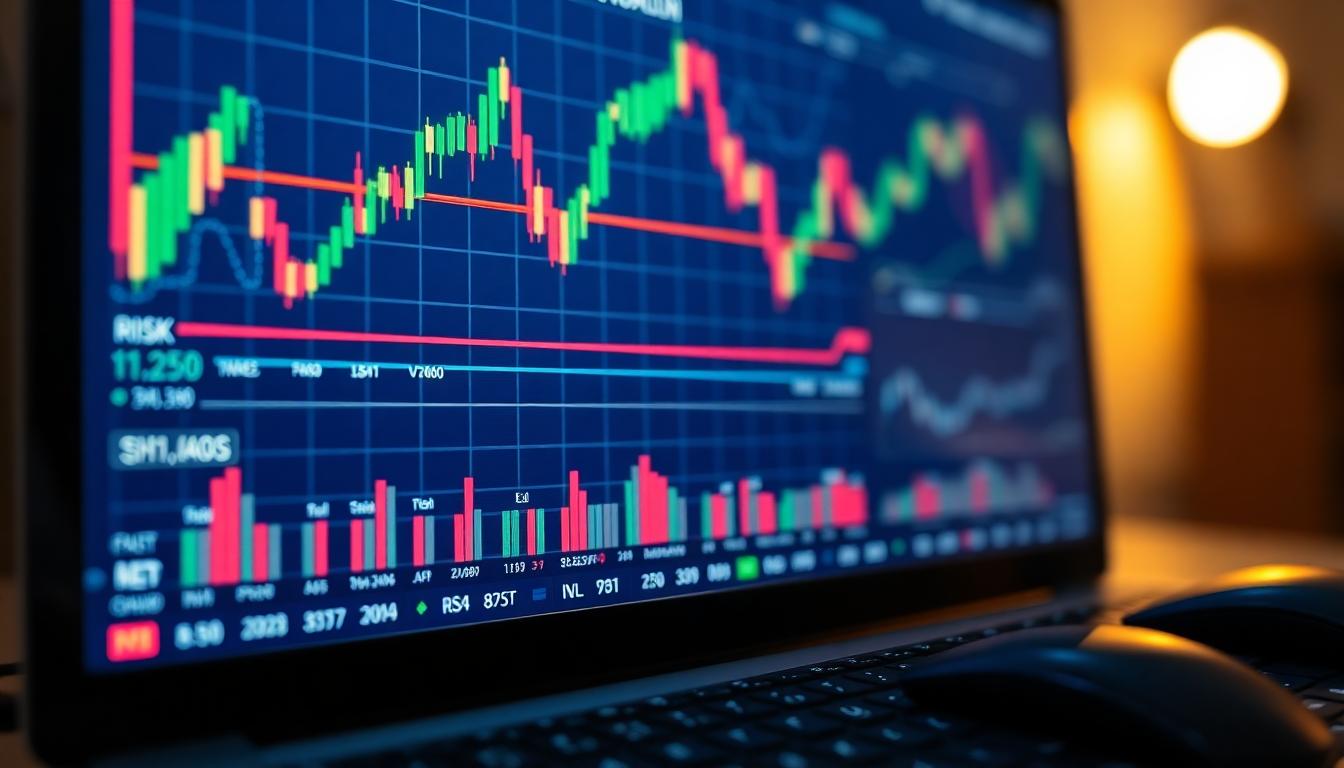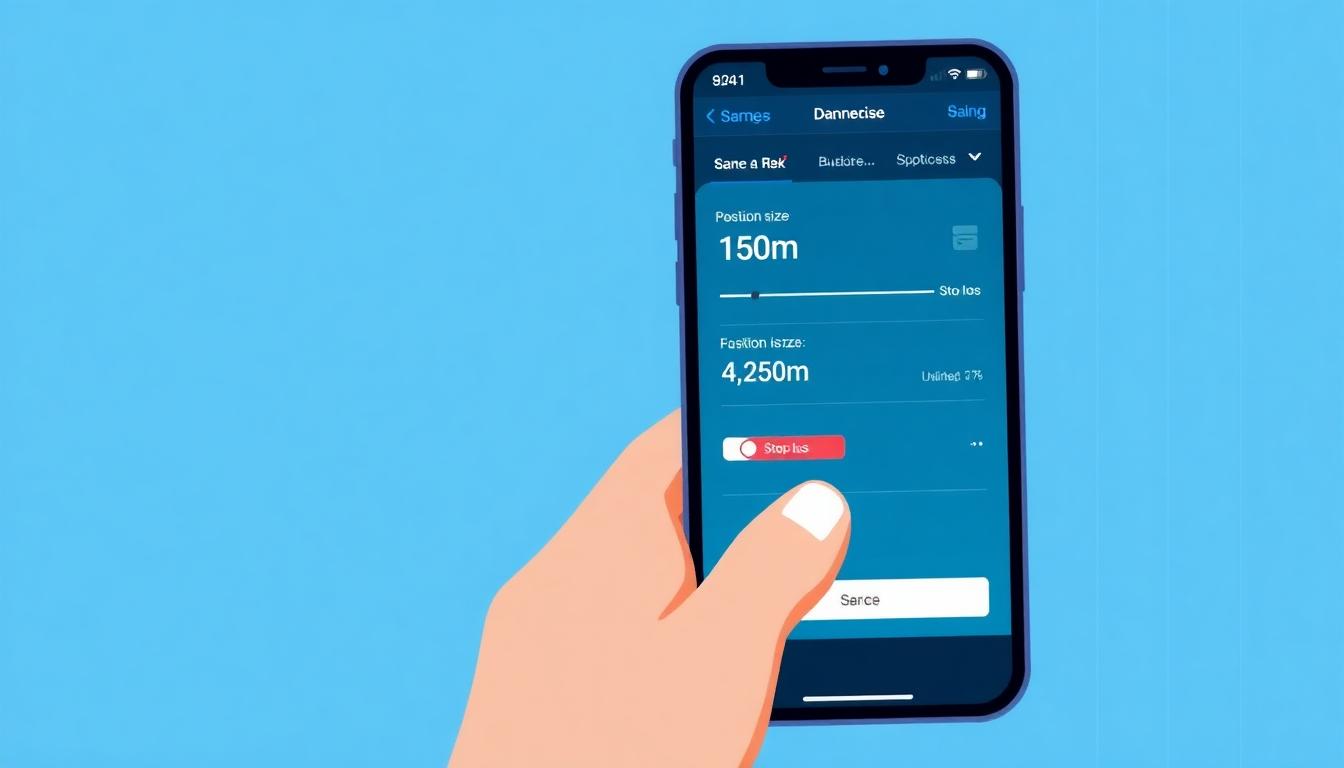Crypto markets were rocked by more than $1.5 billion in liquidations, wiping out leveraged positions across major tokens. The move lacked a single clear catalyst. It reminded traders how quickly conditions can flip when leverage builds up and liquidity thins out. Now, options markets are flashing brighter warnings, with demand rising for contracts that pay off on big moves in either direction.
Below, we cover what happened, why options pricing matters, and how traders can prepare for the next bout of volatility. If you trade Bitcoin, Ether, or altcoins, the lessons here can help you manage risk and stay in the game.
What Triggered the Selloff?
Large liquidation waves often hit without a single headline. In this case, the drop followed weeks of speculative rallies and rising leverage. When prices slipped through key levels, margin calls kicked in. Forced selling by overleveraged longs accelerated the move. That pressure bled into Ether and other large-cap tokens, then spread to smaller coins.

Why Options Markets Matter Right Now
After a wipeout, options activity often spikes. Traders look for protection and speculative upside through calls and puts. Rising implied volatility on at-the-money and out-of-the-money strikes signals that the market expects bigger swings. Skews can shift, too, as protection becomes pricier.
If you use options, watch three signals:
- Implied volatility (IV): Persistent high IV suggests wider expected ranges. Position sizes should reflect that.
- Put-call skew: If puts get expensive, downside protection is in demand. If calls run hot, traders are chasing rebounds.
- Term structure: Short-dated IV often spikes first. If longer maturities stay elevated, the market sees sustained turbulence.

Key Drivers Behind the Volatility
- Leverage: Perpetual futures and margin products make markets move faster. Funding flips and auto-deleveraging can add fuel.
- Liquidity pockets: Thin order books around key levels cause outsized price impact when large orders hit.
- Macro crosswinds: Crypto often trades with risk assets. When stocks swing, crypto can amplify the move.
- Positioning: After long speculative runs, crowded trades unwind quickly as stops trigger.
How Traders Are Positioning
The posture has turned tactical. Many traders are:
- Reducing leverage and using smaller position sizes.
- Favoring options to define risk rather than naked futures.
- Staggering entries with limit orders near liquidity pools.
- Hedging with puts during event-heavy weeks and rolling protection as needed.
Risk Management Playbook
Surviving volatility is about rules, not predictions. Use this simple framework:
- Position sizing: Risk a small, fixed percent per trade. Let winners grow; cut losers fast.
- Stops and invalidation: Place stops where your trade idea breaks, not where you feel pain.
- Capital buckets: Separate trading capital from long-term holdings to avoid emotional decision-making.
- Event calendar: Track Fed decisions, major unlocks, ETF flows, and protocol upgrades.

Tactics for Options Traders
- Volatility buyers: Straddles and strangles benefit from big moves. Consider IV rank; avoid paying peak IV if you can wait for dips.
- Volatility sellers: Only for advanced traders with strict risk limits. Use defined-risk spreads. Avoid naked short gamma in fast markets.
- Directional hedges: Protective puts on core holdings can cap downside while keeping upside open.
Spot vs. Derivatives: Pick Your Lane
If derivatives feel complex, stick to spot and slow down. Use dollar-cost averaging on quality assets. Avoid chasing wicks. Build levels where you are happy to own long term. Trade less when volatility spikes; preserve mental capital.
What to Watch Next
- Funding rates and open interest: Signs of leverage rebuilding can set up the next big move.
- Options term structure: If back-month IV stays high, the market expects a choppy quarter.
- Liquidity metrics: Depth at top-of-book on major exchanges and spreads across venues.
- Macro catalysts: Inflation prints, rate decisions, and risk sentiment in equities.
A $1.5 billion liquidation wave is a clear reminder. In crypto, risk compounds fast when leverage is high and liquidity is thin. Options markets now price in wider swings, and traders are adapting. Focus on process. Size down, define risk, and let the setup come to you. The next big move will arrive. Your plan should, too.
To contact us click Here .







